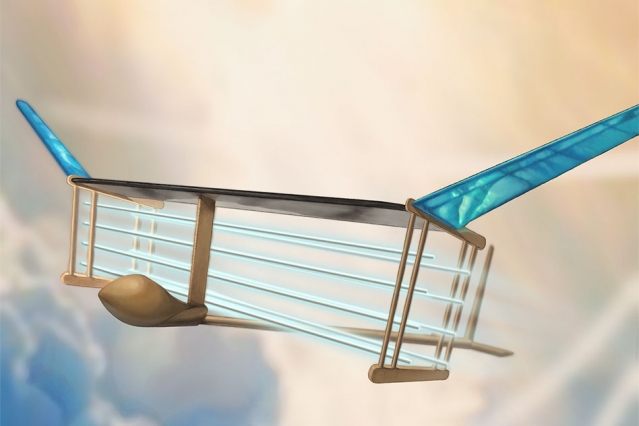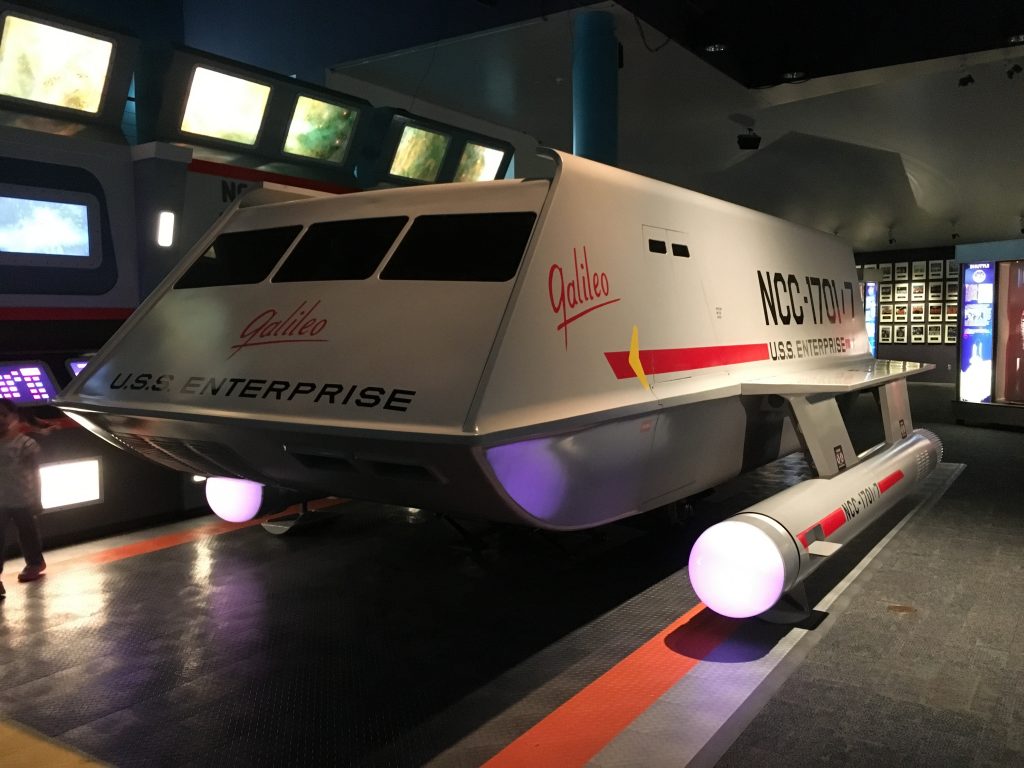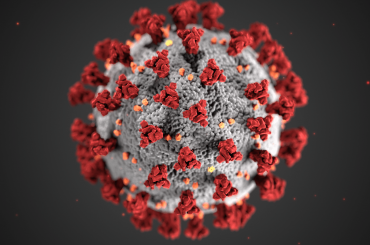
Who knew that we’d be looking for the same qualities in both aircraft and roommates?
Clean and quiet are the features of a breakthrough by Massachusetts Institute of Technology (MIT) aeronautical engineers who successfully conducted test flights of a new aircraft design. This aircraft features no propellers, no turbines; no engines of any kind. It has no reliance on fossil fuels, and can’t be blamed for any noise – it is completely silent.
This light aircraft is powered by ‘ionic wind’ — a mighty flow of ions produced by the plane design that generates sufficient thrust to propel the plane over a sustained, steady flight.
“This is the first-ever sustained flight of a plane with no moving parts in the propulsion system,” said lead researcher on the project Steven Barrett, associate professor of aeronautics and astronautics at MIT.
MIT Ionic Wind Concept (Nature)
“This has potentially opened new and unexplored possibilities for aircraft which are quieter, mechanically simpler, and do not emit combustion emissions.”
The aircraft successfully flew 10 laps of a 60m indoor course during the test – an achievement that has been compared to the Wright Brothers’ first flight of just 36.6 metres.
It is still early in the development of the project under the banner of the MIT Electric Aircraft Initiative, but the ionic power innovation has the potential to influence future fixed-wing drones and could, eventually, be incorporated into hybrid commercial aircraft designs to increase fuel efficiency.
“This was the simplest possible plane we could design that could prove the concept that an ion plane could fly,” Barrett said. “It’s still some way away from an aircraft that could perform a useful mission. It needs to be more efficient, fly for longer, and fly outside.”

How it works
Resembling a lightweight glider, the small prototype weighs in at less than 2.5kg and has a wingspan of five metres. Across the wingspan is an array of thin wires which act as positively-charged electrodes. Then, towards the back of the wing, is a larger, negatively charged electrode. It is the electronic gradient created between the wires and the back of the wing that create the ‘ionic wind’, pushing the craft forward.
Nitrogen particles in the air flow through the wing where they are stripped of their electrons and the remaining positively charged particles drawn to the back of the wing by the negatively charged electrode. As the newly formed cloud of ions flows toward the negatively charged wires, each ion collides millions of times with other air molecules, creating a thrust that propels the aircraft forward.
“As they flow they collide with air molecules transferring momentum to them. This is how the thrust is generated,” Professor Barrett explained.
The MIT researchers are working to improve the efficiency of the design which would make the innovation more viable. They are looking to produce more ionic wind with less voltage, as well as increasing the design’s thrust density — the amount of thrust generated per unit area. The current prototype relies on a stack of lithium-polymer batteries in the fuselage which supply 40,000V to positively charge the wires.
The test flight breakthrough is exciting for aeronautical experts with researchers worldwide recognising the achievement.
Franck Plouraboue, senior researcher at the Institute of Fluid Mechanics in Toulouse, France, noted that, previously, researchers had failed to fly anything heavier than a few grams.
“The strength of the results are a direct proof that steady flight of a drone with ionic wind is sustainable,” says Plouraboue, who was not involved in the research. “[Beyond drone applications], it is difficult to infer how much it could influence aircraft propulsion in the future. Nevertheless, this is not really a weakness but rather an opening for future progress in a field which is now going to burst.”
Australian aeronautics expert Andrew Neely of the University of New South Wales (UNSW) Canberra, acknowledged the test flight as a breakthrough: “They’ve achieved something that people have talked about but no-one else seems to have achieved before.”
This breakthrough shows a lot of promise for future progress in aeronautics research. However, it is still unknown how the prototype design will scale up (or down) and meet the challenge of heavier payloads.
The largest barrier to the innovation making its way into larger, commercial aircraft is the problem common to all electric aircraft design: battery limitations.
Another area of application that remains unclear is the vertical lift required in drones.
“It’s less clear if [this technology] could be used for vertical lift,” Professor Barrett said.
Inspiration
Behind every innovation is someone’s personal inspiration and motivation. This particular design was nine years in the making once Barrett started looking for ways to design a propulsion system for planes with no moving parts.
“It was a sleepless night in a hotel when I was jet-lagged, and I was thinking about this and started searching for ways it could be done,” he recalled. “I did some back-of-the-envelope calculations and found that, yes, it might become a viable propulsion system.
“And it turned out it needed many years of work to get from that to a first test flight.”
It wouldn’t be a good aerospace story without a classic sci-fi inspiration. Barrett says the inspiration for the team’s ion plane comes partly from the movie and television series Star Trek which he loved as a child. Even then he was drawn to the futuristic shuttlecraft that effortlessly skimmed through the air with, apparently, no moving parts and hardly any noise or exhaust.

“This made me think, in the long-term future, planes shouldn’t have propellers and turbines,” Barrett said. “They should be more like the shuttles in Star Trek that have just a blue glow and silently glide.”













